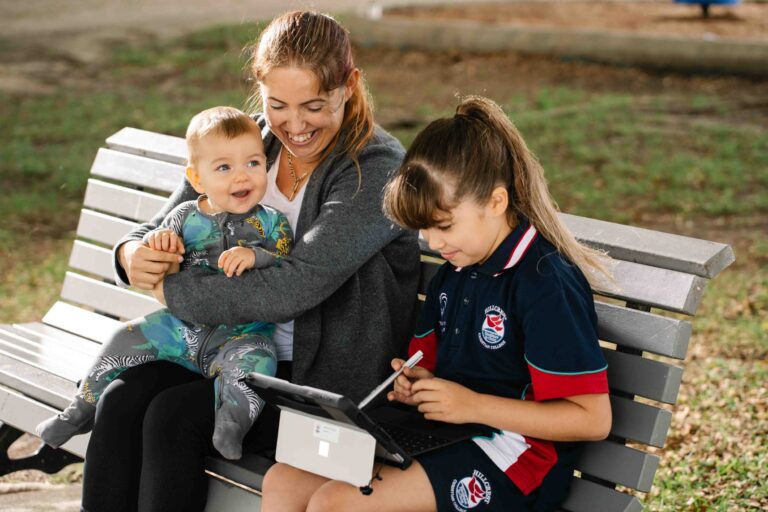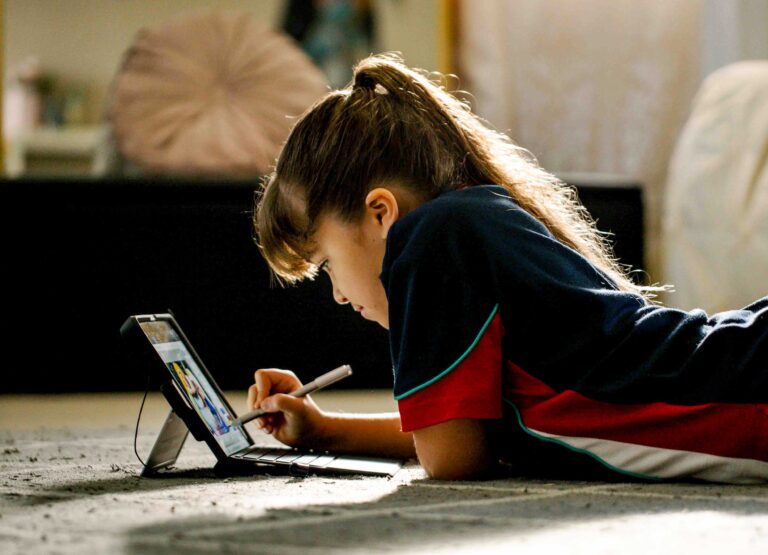Teachers use assessment for a range of reasons, including judging a student’s performance on a task, assessing a child’s understanding of a particular concept or subject area, to see progress, or to give feedback on improvement. Diagnostic, formative and summative assessment items have traditionally been done in short and extended response tasks, essays, and a range of examination formats. However, educational reformists have been pushing for some time to see an increase in assessment tasks that allow students to demonstrate and apply their understanding in more meaningful and relevant ways.
In the VLC, we believe assessment is important to find out what students already know, what they have learned, and to give feedback on how they can improve. However, it doesn’t have to be taxing, complex and time-consuming. Assessment could take the form of a podcast, letter, conversation, video demonstration, an interview, email correspondence, an action plan, proposal, short story, diagram or interpretation of results, to name a few. When assessment is purposeful and linked to real-world application and outcomes, students can see the relevance and purpose behind the task.
To find out how assessment fits into our Design-Centered Learning framework, contact the VLC team here.





